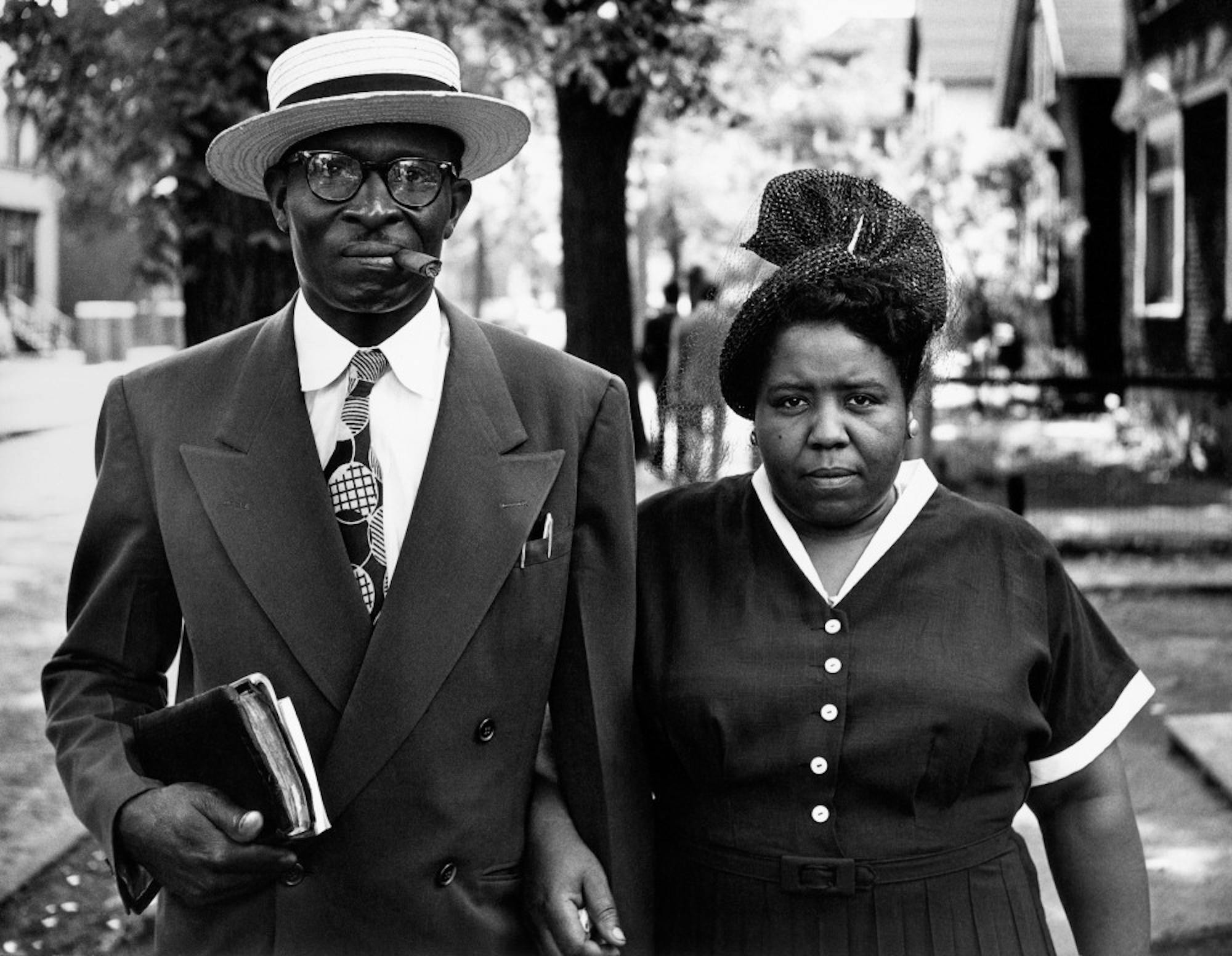"Gordon Parks: Back to Fort Scott" is a worthwhile exhibition not only for the stunning photography comprising it, but also for the story behind the exhibit itself. The exhibition shows photographs by famous African-American photographer Gordon Parks (1912-2006), many of which are on view for the first time. The exhibition at the Museum of Fine Arts, Boston (MFA) traces Gordon Parks’ journey back to his hometown of Fort Scott, Kan., as well as to other Midwestern cities.
The photographs were originally part of a project for Life magazine, where Parks worked, in which he set out to photograph his childhood classmates in a commentary on life in segregated 1950s Kansas. For reasons still unknown, the story was never published, but the project came into the possession of the Gordon Parks Foundation. Karen Haas, the MFA’s Lane curator of photographs, collaborated with the Gordon Parks Foundation to help tell a story that went untold for decades. The exhibition is accompanied by Haas' book, with previously unpublished photographs and other materials, such as the 1927 yearbook from the segregated schools that Parks attended.
According to the Ann and Graham Gund Director Malcolm Rogers' press release for the exhibition, “These personal and often touching photos offer a glimpse into the life of Gordon Parks and the prejudice that confronted African Americans in the 1940s and 1950s.”Parks was born in 1912 in Fort Scott to a poor tenant farmer family, yet he was able to make his way to become the first African-American photographer to be hired full-time by Life magazine, and at the time, he was one of the only African-American photojournalists in the field.
For the assignment on view in the exhibition, Parks went back to his childhood home and unpacked memories, many of which deal with issues of segregation. One beautiful example of this is a photograph of an African-American couple standing outside a movie theater called “Liberty Theater,” especially poignant due to the fact that the movie theater was segregated. Photographs in the exhibition also portray scenes of a pool hall and a railway station, as well as a baseball game where two African-American girls stand at the end, away from the white spectators.
Some of the most touching photographs are of Parks' childhood friends, now grown up and standing in front of their own homes. The locations of these photographs range from Missouri to Michigan to Illinois to Ohio, and the pictures are taken Grant-Wood-style, with the families standing in front of their homes. Parks also takes intimate photographs of the families on the porch, or in quiet, personal scenes such as a family crowded around as a child plays piano. What’s amazing about this exhibition, beyond the works themselves, is Haas' experience uncovering the photographs and discovering the story behind them. With her husband, photographer Greg Heins, she traced Parks' steps through the Midwest to find family members of Parks' classmates, using old notes from original prints held at the Gordon Parks Foundation. Quite dismally, none of Parks' classmates' homes were still standing.
One possibly under-appreciated aspect of the exhibition is a case that exhibits Parks' book, "The Learning Tree" (1964), a novel about growing up as an African-American in segregated Kansas, which was later turned into a film. It conveys Parks' talent and his impressive feat of depicting the African-American experience across media in his lifetime. According to Haas in the exhibition’s press release, the “Back to Fort Scott” story really started this theme in Parks' work: “With the ‘Back to Fort Scott’ story, Parks showed -- really for the first time -- a willingness to mine his own childhood for memories both happy and painful, something he would continue to do in a series of memoirs over the course of his long career.”
"Gordon Parks: Back to Fort Scott" is on view at the MFA through Sep. 13. Entrance is free with a Tufts student ID.
'Gordon Parks: Back to Fort Scott' captures story of segregation in 1950s

Photographer Gordon Parks traced his roots back to his hometown, photographing old classmates and their families in the landscape of the American South.
Summary
"Gordon Parks: Back to Fort Scott" is not only a worthwhile exhibition because of the stunning photography that comprises it, but for the story behind the exhibit itself.
4.5 Stars





